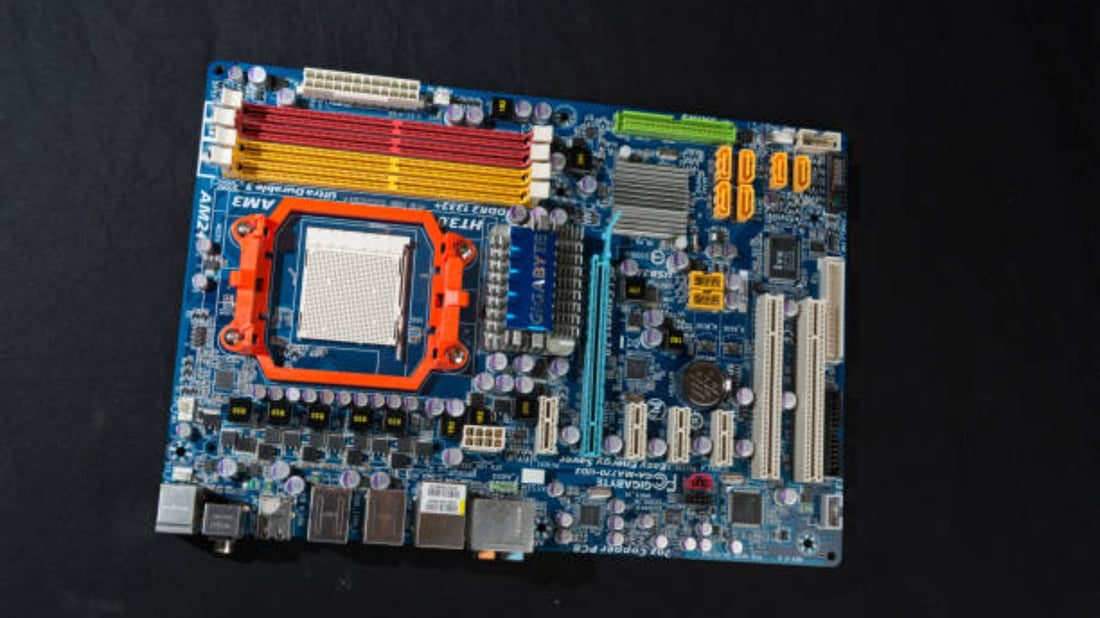Introduction to Heat Sinks
A heat sink is an essential component in electronic devices that helps to dissipate heat generated by electronic components, ensuring they function optimally. Heat sinks come in various materials, shapes, and sizes depending on the application. One commonly used material for heat sinks is aluminum due to its excellent thermal conductivity properties.
Thermal Conductivity of Aluminum
Aluminum is a popular choice for heat sinks because it has a high thermal conductivity, meaning it can efficiently transfer heat away from the electronic component. With a thermal conductivity of around 205 W/mK, aluminum is an effective material for dissipating heat quickly and efficiently.
Lightweight and Cost-Effective
Another advantage of using aluminum for heat sinks is its lightweight and cost-effective nature. Aluminum is readily available, making it a cost-efficient option for heat sink production. Its lightweight properties also make it ideal for applications where weight is a concern.
Corrosion Resistance
Aluminum is naturally resistant to corrosion, which is beneficial for heat sinks that may be exposed to various environmental conditions. This corrosion resistance helps prolong the lifespan of the heat sink and ensures its effectiveness in dissipating heat over the long term.
Enhanced Thermal Management
The use of aluminum in heat sink design can significantly enhance the thermal management of electronic devices. By efficiently transferring heat away from critical components, aluminum heat sinks can help improve the overall performance and reliability of electronic systems.
Easy to Manufacture
Aluminum is a malleable and easy-to-work-with material, making it ideal for manufacturing heat sinks in various shapes and sizes. This flexibility in design allows for customized heat sink solutions tailored to specific electronic applications.
Compatibility with Finned Heat Sinks
Aluminum is well-suited for finned heat sinks, which are designed to increase the surface area for improved heat dissipation. The lightweight and malleable nature of aluminum make it easy to incorporate fins into the heat sink design, enhancing its thermal performance.
Electrical Conductivity Considerations
While aluminum is an excellent thermal conductor, it is also an electrical conductor. When using aluminum for heat sinks in close proximity to electronic components, it is crucial to ensure proper insulation to prevent any electrical interference or short circuits.
Heat Sink Design Optimization
When designing a heat sink using aluminum, factors such as the size, shape, and placement of fins should be optimized to maximize heat dissipation. Proper airflow and thermal interface materials are also critical in ensuring the heat sink operates efficiently.
Conclusion
In conclusion, aluminum is a widely used and effective material for heat sinks due to its high thermal conductivity, lightweight nature, cost-effectiveness, and corrosion resistance. By leveraging the advantages of aluminum in heat sink design, electronic devices can benefit from improved thermal management and overall performance.
Quote Inquiry
Contact us!

